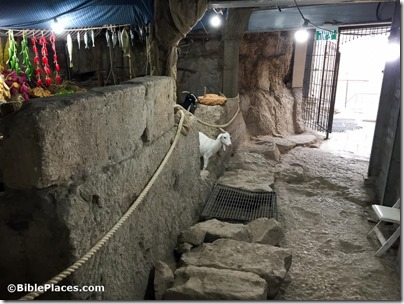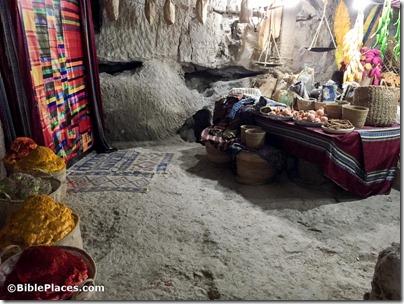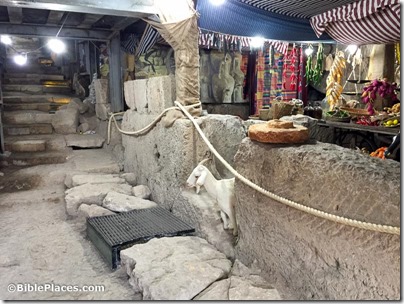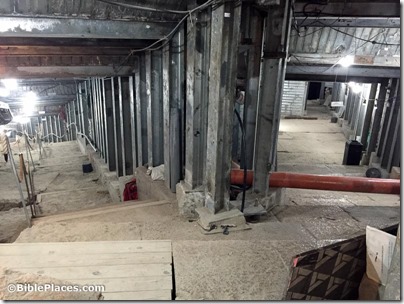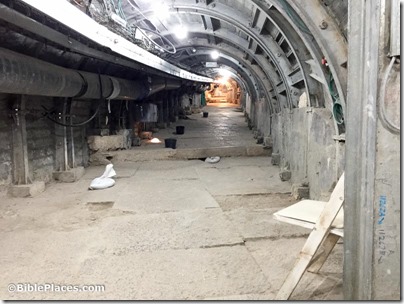A gold ring with an amethyst stone was discovered at an excavation of a 7th-century winepress at Yavne.
A recent study reveals much about the lives of four individuals who died in a burning building in Azekah around 1200 BC. The underlying journal article is available for purchase here.
More people have surreptitiously visited the caves underneath the Machpelah of Hebron than is widely known. Some of the history and findings given in Noam Arnon’s doctoral thesis is reported in Israel HaYom. A previously published diagram is here. If anyone has access to the thesis, let me know.
The Daily Mail has some beautiful photos of the impressive mosaic floors at Hisham’s Palace in Jericho.
Meir Edrey, Adi Erlich, and Assaf Yasur-Landau write about the 1972 discovery of the Shavei Zion figurine assemblage, found underwater north of Acco.
Erez Ben-Yosef argues that the search for archaeological evidence for David’s kingdom needs to shift from looking for magnificent buildings to looking for a tent-dwelling population. A related journal article by the author is here.
Rosella Tercatin provides a minor update on the renovations at Jerusalem’s Tower of David Museum. A previous version of this story posted earlier this week contains additional details.
Detailed satellite imagery of Israel is now publicly available, though Google Earth/Maps does not seem to have updated to it yet.
Andy Cook of Experience Israel Now provides subscribers to the “Photo of the Day” with images and maps of biblical sites and recent discoveries.
Andrew Lawler reviews some of the archaeological background to the religious conflict in Jerusalem.
Luke Chandler likes the latest additions to the Photo Companion to the Bible series.
HT: Agade, Joseph Lauer, Arne Halbakken
